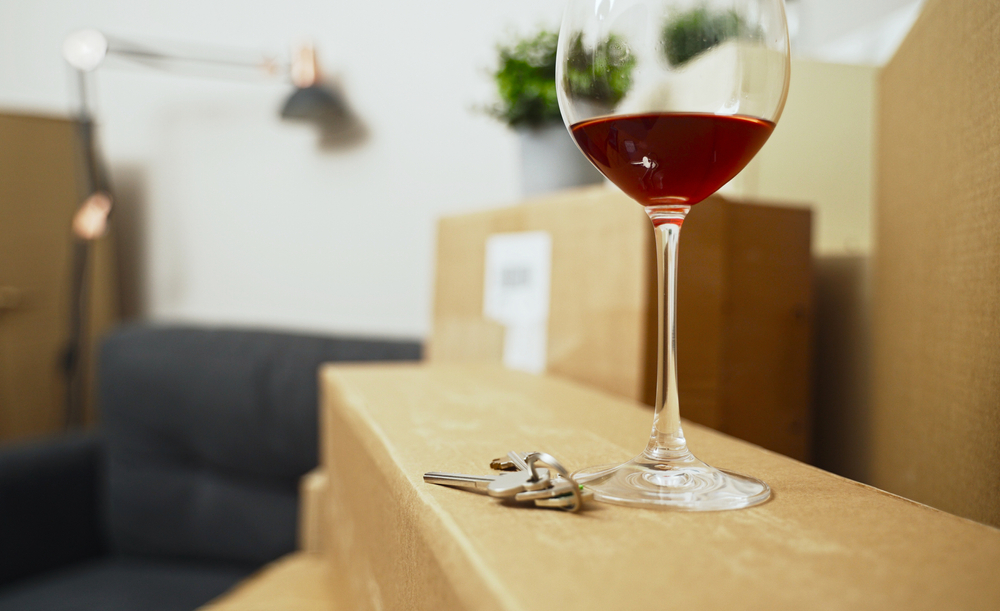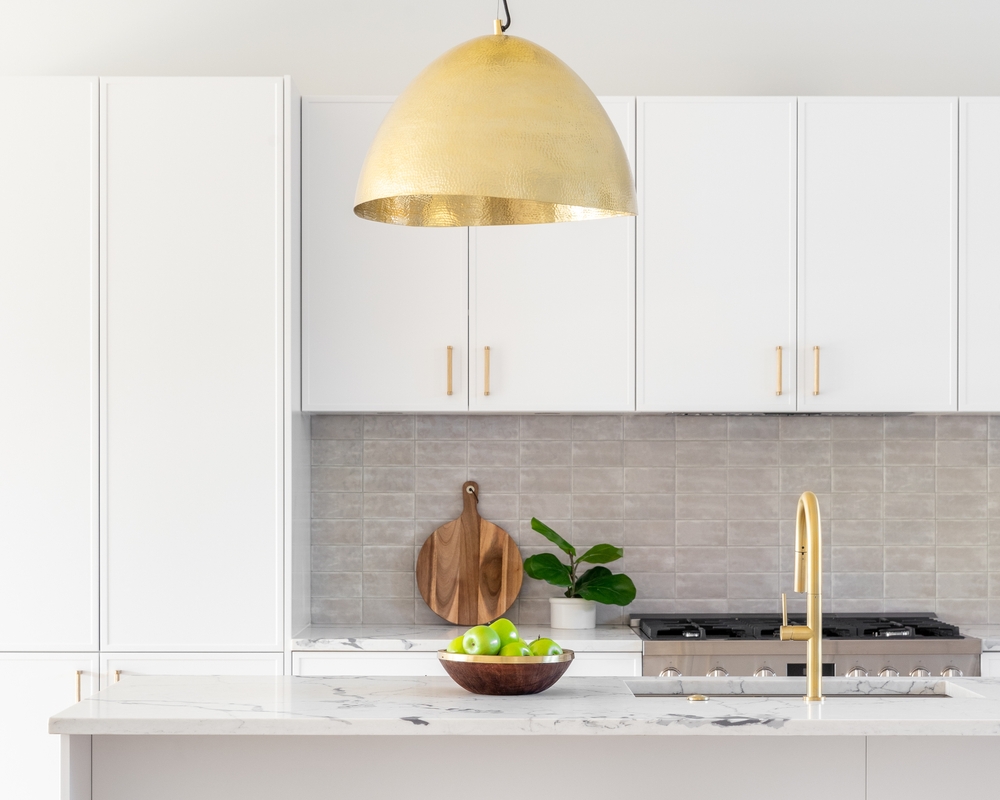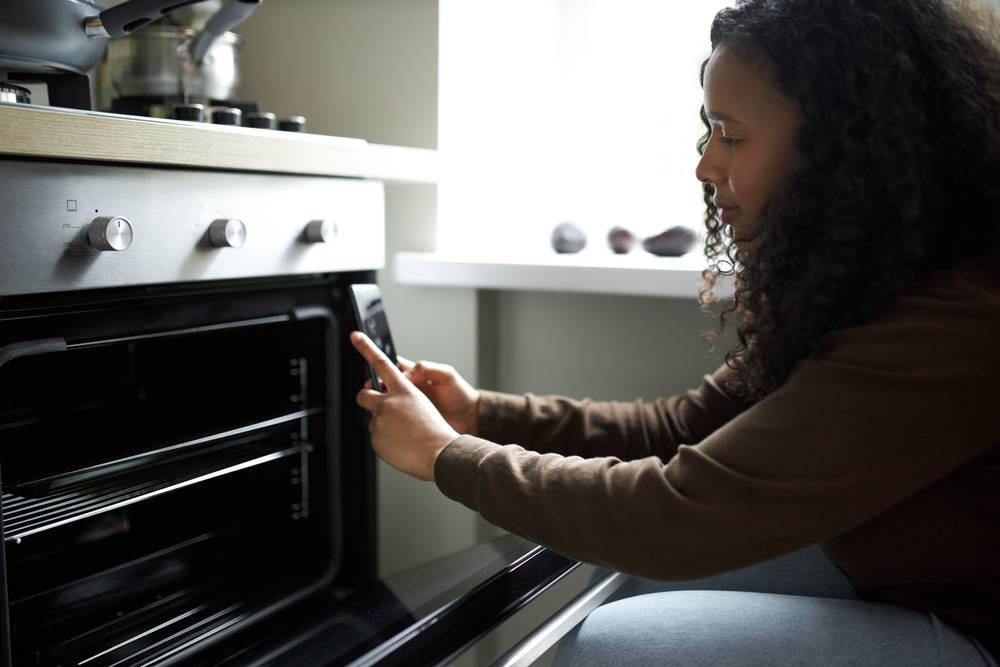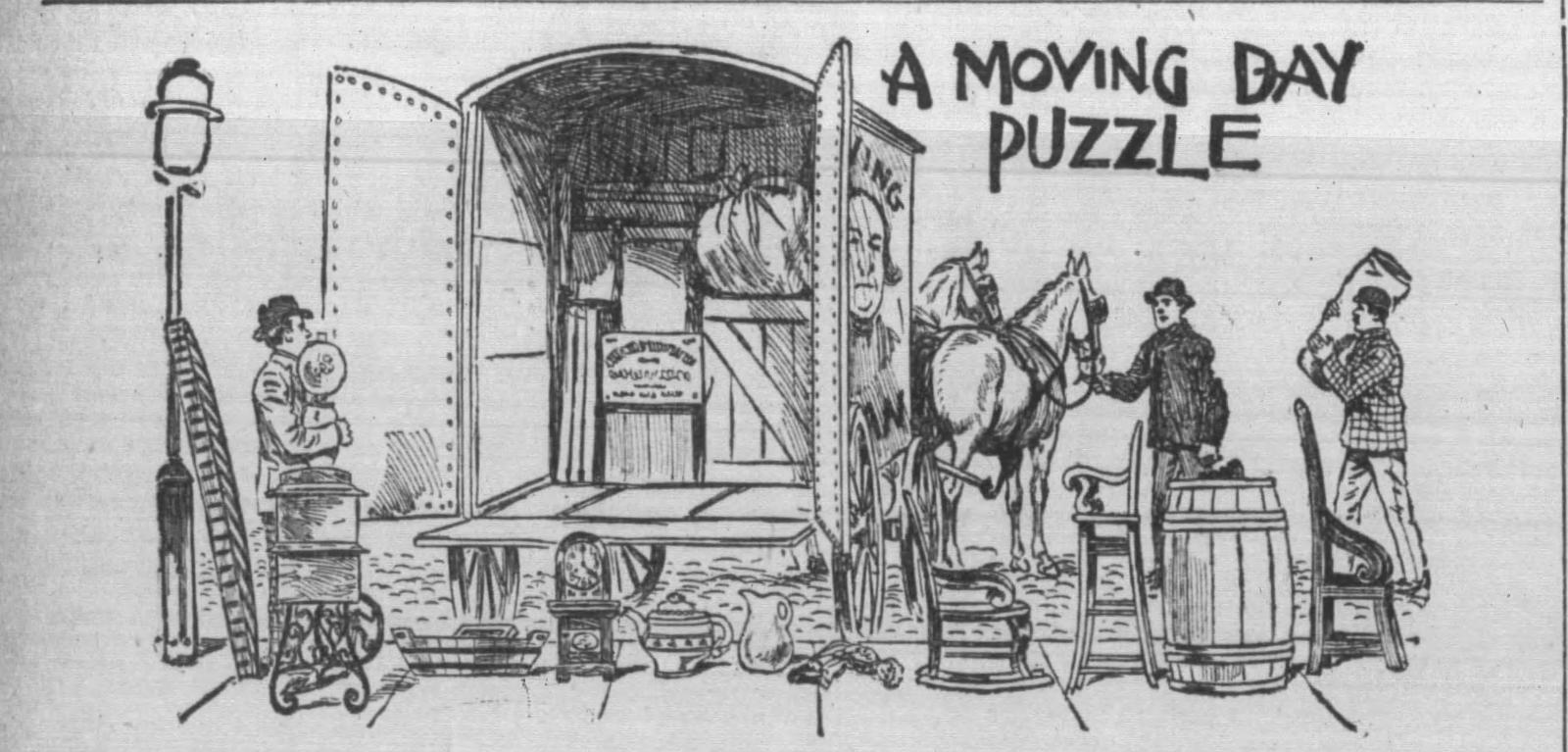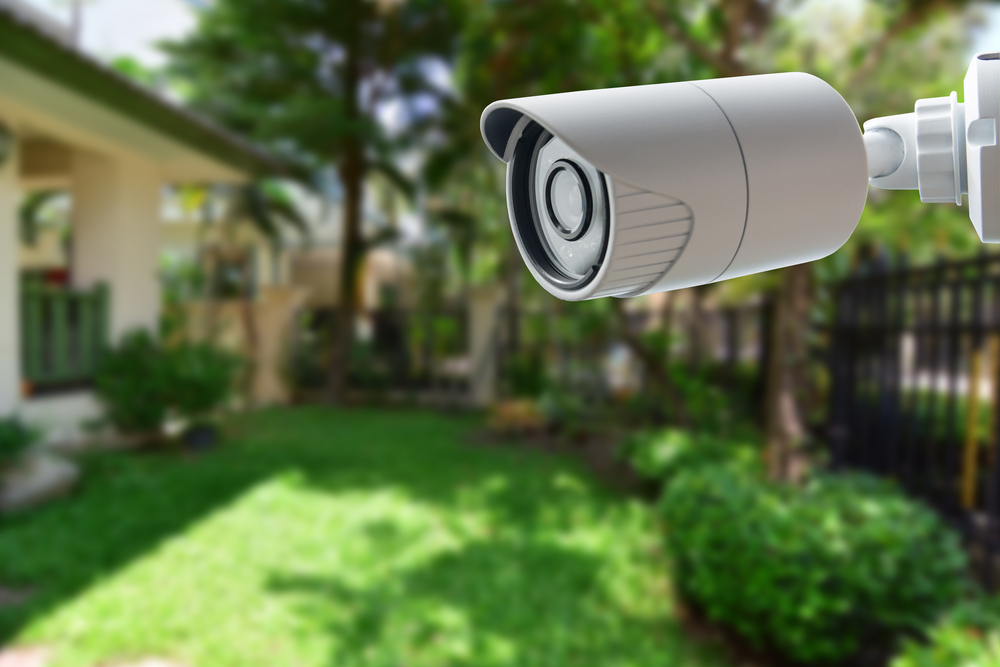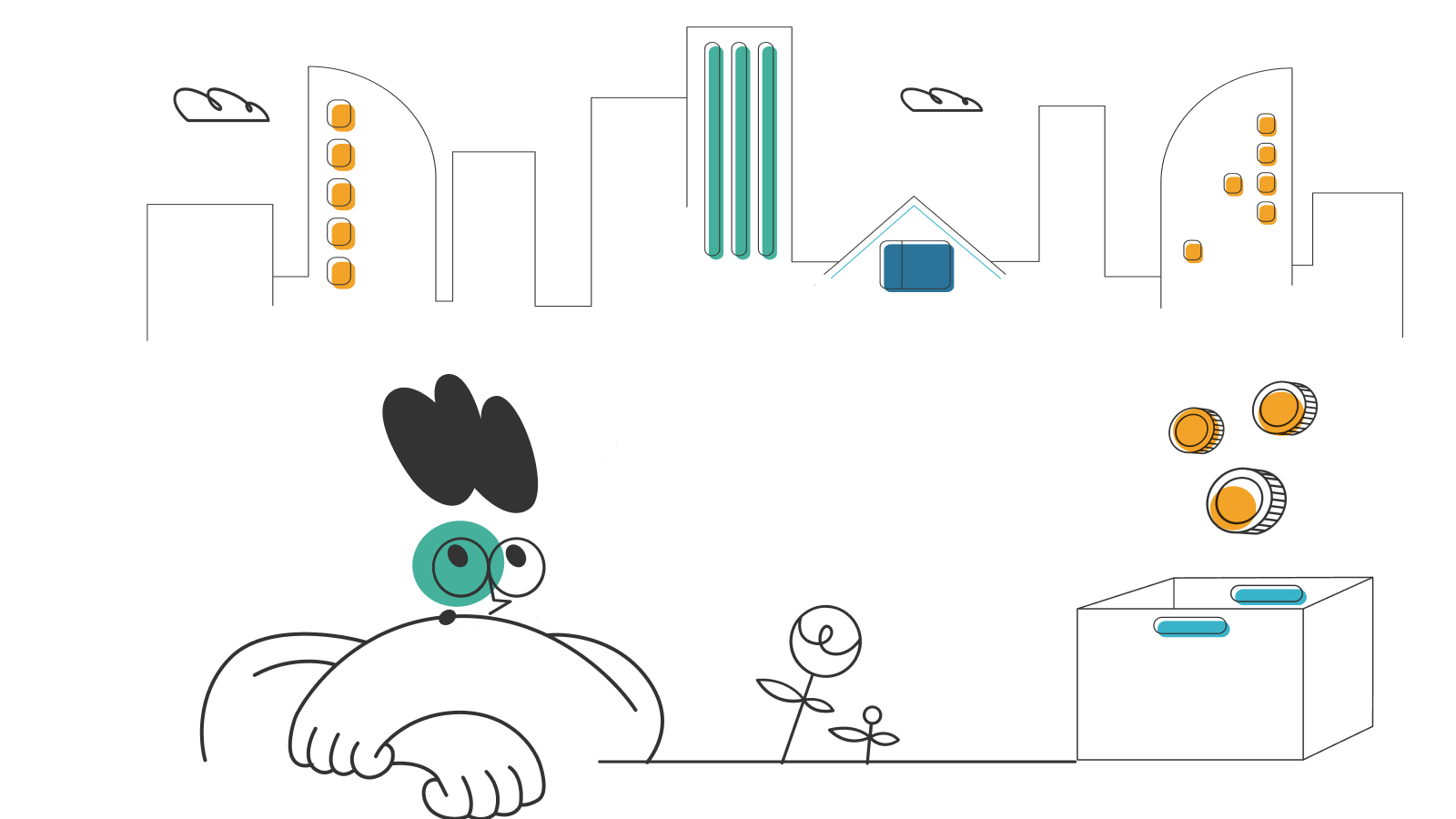How to Choose the Right Hardwood Floor
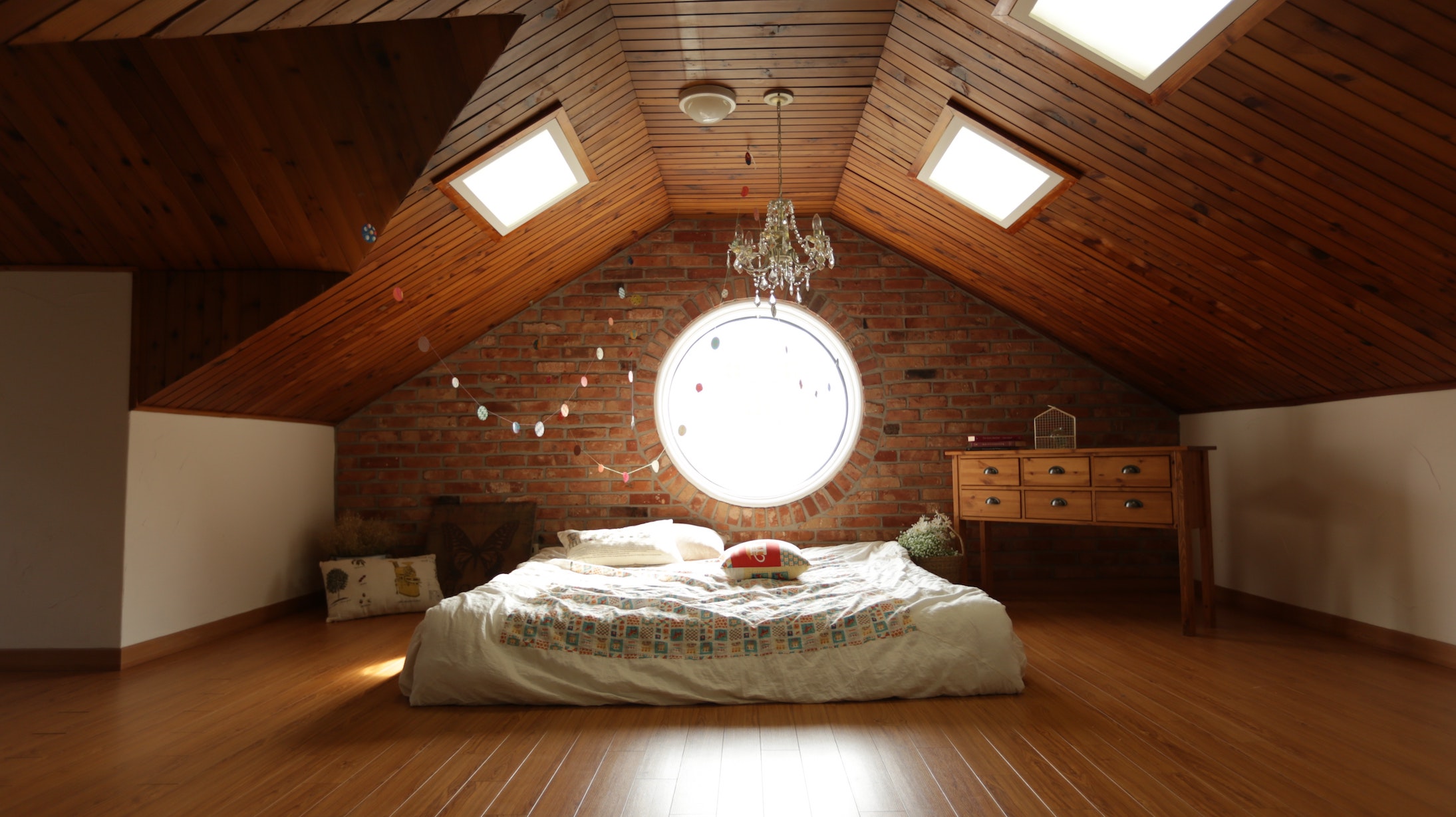
Moving soon? Get organized with our free moving checklist.
Wondering how to choose the right hardwood floor for you? If so, you already know that choosing hardwood flooring is a great investment. They are durable, easy to clean, and can drastically increase your property’s value. Whether you are moving into a fixer-upper, or just looking for a change, figuring out how to choose the right hardwood floor for your lifestyle is a must. Owning pets, living near the beach, or having a smaller space can all influence your decision. This guide will help you choose between solid or engineered hardwood, and walk you through the advantages of different hardwood species (yes, we said species) so that you can pick the right kind for your home.
First, let’s go over the types of hardwood flooring that exist.
Types of Hardwood Floor
When considering how to choose a hardwood floor, first consider the two main types of hardwood — solid hardwood and engineered hardwood. Both types of flooring have their advantages and disadvantages, depending on where your home is located and how much foot traffic your hardwood floor will be subject to.
Solid hardwood is exactly what it sounds like. Each board is made of a single plank of solid wood. They are usually ¾ of an inch thick, meaning that they can be sanded down and refinished time and time again.
Engineered hardwood, on the other hand, is manufactured wood. The top and bottom layers are about 4mm thick and made of natural wood from different species. The middle of each plank is built of five to seven layers of man-made plywood, making them stable and resilient.
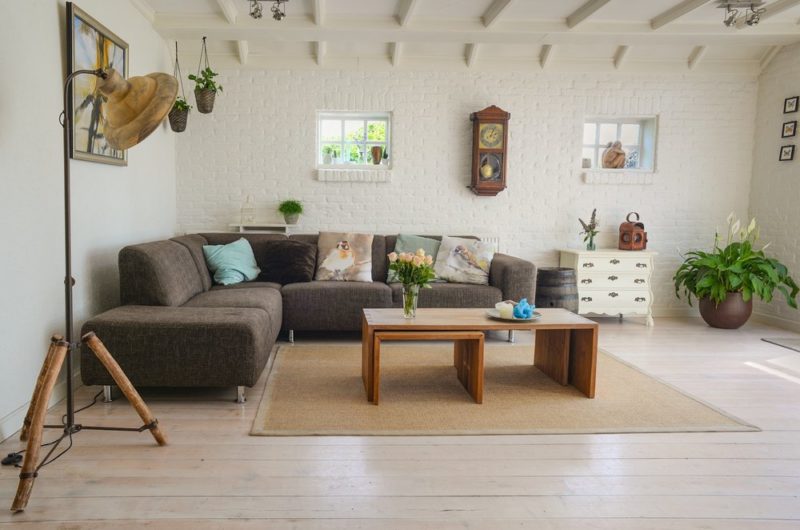
How to Choose the Right Type of Hardwood Floor for You
Solid hardwood
When thinking of the how and why of choosing your hardwood floor, first think about your lifestyle and the degree of distress it will undergo. Is there the potential that your floor could be dented and scratched on a regular basis? Do you want the flexibility to change up the stain color at a moment’s notice? These are all questions you should be asking yourself.
Since solid hardwood can be sanded down repeatedly, this means dents and scratches can be easily sanded out, and there are no limitations to the number of times you can refinish your floors.
While hardwood in general is versatile and durable, its ability to hold up over time is primarily dictated by the species of wood that you choose. Because solid hardwood is porous, it can expand and warp over time, especially in humid areas. If you live by the beach, for instance, solid hardwood may not be the best choice for your flooring. As for cost, solid hardwood itself can run anywhere from $2 to $20 per square foot, depending on the finish and country of origin. The added costs often come from installation, which can take time and involve multiple processes, such as installing a plywood subfloor.
Engineered hardwood
While it is possible to sand down some engineered hardwood floors, it can be risky since their top layers are so thin. This thin layer is also easily dented and scratched. That said, engineered hardwood does have its benefits, especially in terms of versatility. The man-made interior helps prevent warping, making it a much better choice for damp areas like basements and laundry rooms. Engineered hardwood also tends to be slightly less expensive than solid wood, ranging from $3 to $10 per square foot. You can also save money on installation when it comes to engineered hardwood by choosing lock assembly or by floating your floor over a moisture barrier.
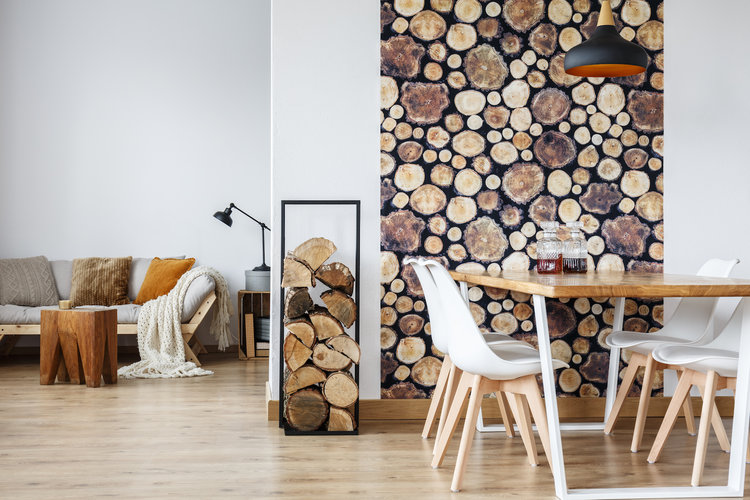
Different Species of Hardwood Floor for Different Lifestyles
An important part of understanding how to choose a hardwood floor is knowing how your lifestyle will impact your flooring. Different species are better suited to different households, and thankfully, there are plenty to choose from. There are over 20 different species of domestic hardwood flooring, but the top choices are:
- Hickory
- Maple
- Red Oak
- White Oak
- Ash
- Birch
- Black Walnut
- Cherry
Each species of wood has its own unique qualities, strengths, and weaknesses.
When figuring out how to choose the best wood species for you, consider three main factors – durability, style, and cost. Durability is especially important because repairs can ruin both your style and your budget.
When choosing a hardwood species based on durability, you will want to think about your lifestyle. If you have any pets or host weekly gatherings, you will want a hard hardwood. If you are more concerned with the color and staining ability of your hardwood, a softer species could work well for you. Hardwood species come in at different price points, so you can find something durable, stylish, and within your budget.
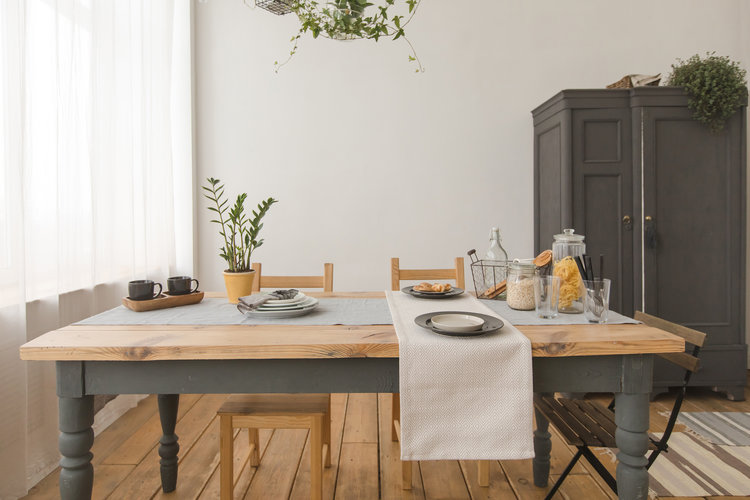
How to choose the most durable hardwood floor for your home
When discussing hardwood, each species’ durability is measured on a hardness scale. For context, one of the softest hardwood species is Eastern White Pine, which has a hardness rating of 420. Patagonian Rosewood is at the other end of the spectrum, at 3840, and White Oak is near the middle with a rating of 1360. The higher the number, the more durable the wood.
Hickory, Maple, and Oak are some of the hardest wood species, so they are good for homes with pets or a lot of foot traffic. If you like to host a good dinner party, or take care of your neighbor’s puppy, these would be the best hardwood floor options for you.
The softer hardwoods like Ash, Birch, Black Walnut, and Cherry tend to be slightly more expensive. While their distinct color variations add a sophisticated touch to most rooms, these hardwoods are better for homes that see less activity, or pet-free households.
How to Choose a Hardwood Floor that Fits Your Budget
Though hardwood flooring increases your home’s value, it is also pricey. The average cost to install hardwood floors is $4,113. This price includes the cost of the floor itself, installation, any required subflooring, and finishes. As you know, choosing an engineered hardwood floor is usually the cheaper option. If you are dead set on solid hardwood, or want to keep the price down in general, knowing how to choose an inexpensive species for your hardwood floor can help you stay within budget.
When you’re figuring out how to choose a hardwood floor that fits your budget, you can use the species’ hardiness as a guide. The harder woods like Maple and White Oak tend to be more budget friendly, ranging from $2 to $10 per square foot. The softer hardwoods, however, are generally more expensive, costing anywhere from $2 to $20 per square foot.
Be sure to shop around to find the best deal, and try to keep labor costs to a minimum, if possible. That said, you do not want to skimp on the labor if it means paying more in repairs later on. If you have the time, getting a few estimates from different companies will ensure you are getting the best bang for your buck.
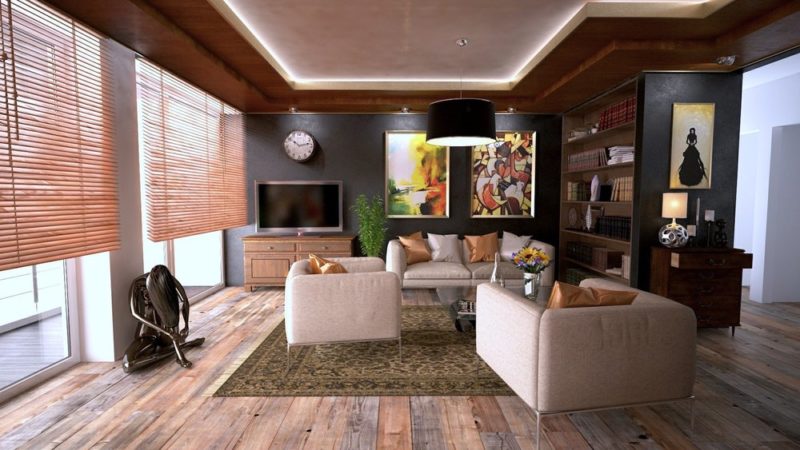
How to Choose a Hardwood Floor that Fits your Style
Consider color, finish, and texture
Hardwood floors might be timeless, but they still go through trends. When figuring out how to choose a hardwood floor, remember your personal style along with your lifestyle. That way you will pick a flooring that will grow with you, your lifestyle, and your taste over time.
You can choose between various stains, finishes, and textures to create the look and feel you want for your home. If you have a small space, for example, you might want to consider a lighter stain such as blonde or even whitewash. If you prefer a more classic look, dark floors can be a good option. Keep in mind, however, that they are surprisingly hard to keep clean, and notorious for highlighting scratches.
Beyond color choices, you have finish options like glossy, matte and satin. How do you choose a finish for your hardwood floor? Most people steer clear of glossy these days, opting for the more natural-looking matte and satin finishes. If you like a little gleam to your floors, without the roller rink glare, satin could be the finish for you. It has just enough shine to add dimension, without making itself the star of your living room.
If you want an even more subtle, natural finish, matte would be your go-to. This finish gives hardwood floors a fresh, natural look. It adds a clean and contemporary quality to any room and, as a bonus, matte floors show the least amount of dirt and dust of any finish.
Now that you’ve selected your color and finish, you might be wondering how to choose a hardwood floor texture. There are four primary options when it comes to hardwood texture. The tried and true smooth wood is still going strong and is now accompanied by hand-scraped, wire-brushed, and distressed wood. After smooth wood, wire-brushed is the next most subtle. It leaves fine scratches in the wood, for a more natural look, whereas hand-scraped wood leaves each board with different ridges. Distressed wood has the most character, as the planks’ knots, scrapes, and wormholes are made more prominent.
Key Takeaways When Choosing a Hardwood Floor
- Pets call for harder wood flooring
- Lighter finishes make small spaces seem bigger
- Engineered wood is the most durable type of hardwood
- Design choices like the floor’s finish and texture can make a big difference
- Consider different species of hardwood to fit your budget
A lot goes into choosing a hardwood floor. We hope this guide helps you pair down all of your options, and pick the right floor for you. Now that you know how to choose a hardwood floor, let us know some of your favorite styles in the comments below!


